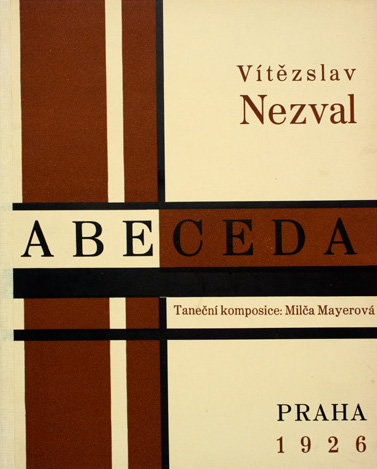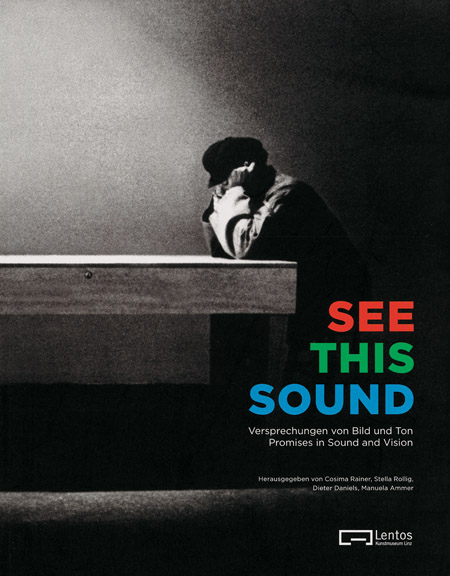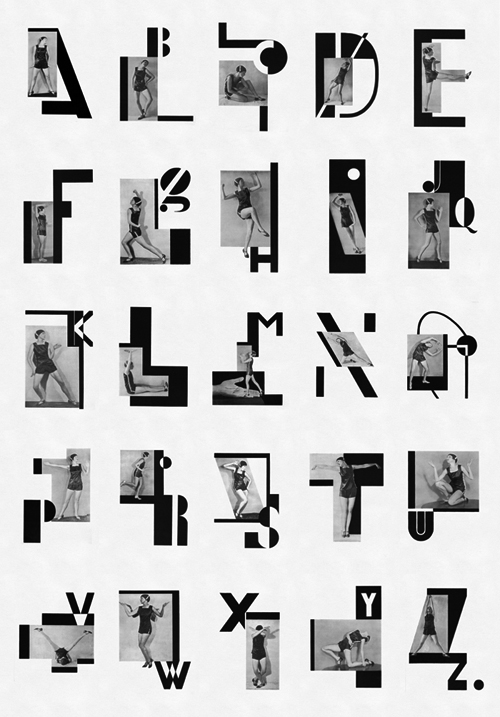Fionnghuala Sweeney, Kate Marsh (eds.): Afromodernisms: Paris, Harlem, Haiti and the Avant-garde (2013)
Filed under book | Tags: · aesthetics, africa, afromodernism, art, art history, avant-garde, black people, blackness, body, colonialism, dance, futurism, jazz, modernism, music, politics, racism, sexuality, surrealism

“This collection of ten essays makes a persuasive case for a black Atlantic literary renaissance and its impact on modernist studies. The chapters stretch and challenge current canonical configurations of modernism in two ways: by considering the centrality of black artists, writers and intellectuals as key actors and core presences in the development of a modernist avant-garde; and by interrogating ‘blackness’ as an aesthetic and political category at critical moments during the twentieth century. This is the first book-length publication to explore the term ‘Afromodernisms’ and the first study to address together the cognate fields of modernism and the black Atlantic.”
Publisher Edinburgh University Press, 2013
ISBN 074864640X, 9780748646401
264 pages
Review: Dominic Thomas (French Studies, 2013).
PDF (updated on 2020-6-9)
Comment (0)Vítězslav Nezval: Abeceda (1926)
Filed under artist publishing, poetry | Tags: · alphabet, avant-garde, dance, photography, poetry, typography

“In Nezval’s Abeceda, a cycle of rhymes based on the shapes of letters, I tried to create a ‘typofoto’ of a purely abstract and poetic nature, setting into graphic poetry what Nezval set into verbal poetry in his verse, both being poems evoking the magic signs of the alphabet.” – Karel Teige
The 1926 book Abeceda [Alphabet] is a landmark work of the artists’ collective Devětsil, active in Prague and Brno in the 1920s.
“The composition of Abeceda took place in three stages. Vítězslav Nezval wrote the poem in 1922 along the line of the grade-school syllabary, matching each letter of the alphabet with a single rhyming quatrain. Nearly every verse takes its lead from the visual aspect of its letter and proceeds as a sequence of fanciful associations: “A / let us call you a simple hut / Transport your tropics to the Moldau, o palms / A snail has its simple home with feelers sticking up / while people don’t know where to lay their heads.” For a celebratory Nezval evening in 1926 at the Liberated Theater in Prague, Milča Mayerová contributed a choreographed alphabet that complemented each quatrain with a sequence of poses. The composition concluded with Karel Teige’s addition of photo-montages that join photographs of Mayerová’s embodied alphabet with his own geometric letterforms.
Nezval’s verses follow from his conviction that poetry, as a game of language played at the level of its rudiments, provided a means of transforming the world directly. The photos of Mayerová illustrate in concrete terms this intimacy between language and reality; the poses have her almost trying the alphabet on for size. Teige’s photomontages organize that alphabetized figure with geometric letters according to the structure of the grid, which the artist regarded as an emblem of rational order. In setting Mayerová’s figure in gridded relation to the alphabet, Teige seemed to be insisting that readers consider the realities of life in relation to letters whose shapes they not only determine, but that in turn determine them.” (Source)
Abeceda. Taneční komposice Milči Mayerové
Publisher J. Otto, Prague, 1926
Illustrated with 25 black and white photomontages
57 pages
via V&A
Video adaptation (8 min, 2000, made at the Wolfsonian-FIU, Miami)
PDF (with Nezval’s poems in Czech, low resolution)
PDF (images only, low resolution)
See This Sound: Versprechungen von Bild und Ton / Promises in Sound and Vision (2010) [German/English]
Filed under book, catalogue | Tags: · art, art history, audiovisual, avant-garde, cassette culture, dance, electronic art, experimental film, film, fluxus, music, music history, performance, performance art, sound, sound art, synaesthesia, video, video art, vision, visual music

“As the status of sound in art and music evolves and redefines itself, so too does sound art find new ways of describing its history. See This Sound compiles a large number of artists, filmmakers, composers and performers, reaching back into the early twentieth century and into the present to survey overlaps between not only sound and art, sound and film, and the metaphor of cinema as rhythm or symphony. Proceeding chronologically, the book takes the early cinematic “eye music” of Hans Richter as a starting point, noting parallel works by Walter Ruttmann and Oskar Fischinger; moving into the postwar period, the art/cinema/ music experiments of Peter Kubelka, Valie Export and Michael Snow are discussed, establishing precedents to similar work by Rodney Graham, Carsten Nicolai, Jeremy Deller and many others.”
With essays by Helmut Draxler, Diedrich Diederichsen, Gabriele Jutz, Liz Kotz, Heidi Grundmann, Christian Höller, Dieter Daniels, and Manuela Ammer.
Edited by Cosima Rainer, Stella Rollig, Dieter Daniels and Manuela Ammer
Publisher Walther König, Cologne, 2010
ISBN 3865606830, 9783865606839
320 pages
Exhibition website and archive
PDF (19 MB, updated on 2021-7-19)
Comments (7)

